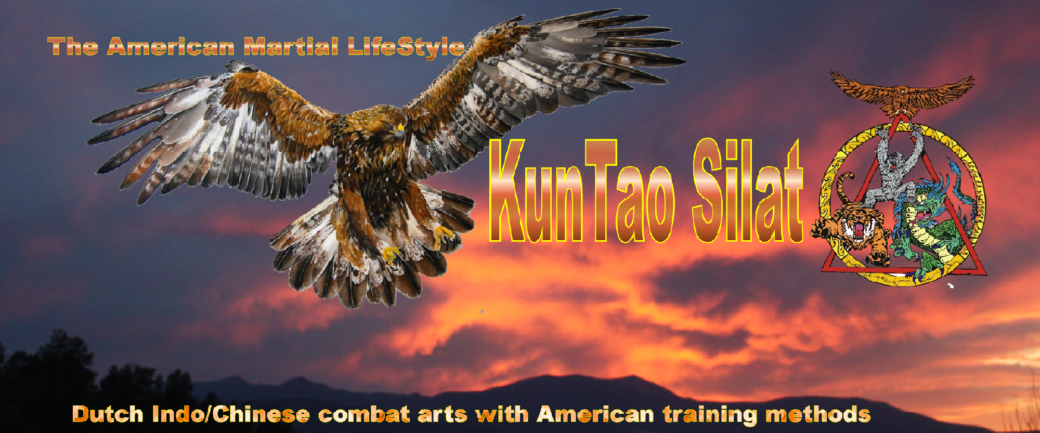One of the hallmarks of many classical or Pre-WW2 martial arts, regardless of culture, is that a practitioner typically finds a sophisticated physical training theory and specific conditioning exercises as part of the curriculum. Whereas many “modern” systems make good use of the widely available strength and conditioning tools and approaches available to the modern fitness consumer, often there is not a clear pedagogy which explains how to best prepare the body to perform the theory and techniques of that martial art. Classical systems like KunTao and Silat have extensive exercise strategies to shape the body into an ideal vessel for combat according to their respective Destruction Theories. Additionally, many of these classical training methods have outstanding health benefits physically, mentally, and spiritually as breathwork and mindfulness were included to some degree in most curricula.
One commonality across the martial arts of Asia, and certainly KunTao Silat’s three “Destruction Theories” is the development of power via eccentric muscle training.
What?
Basically, the muscles and connective tissues are stretched and lengthened whilst simultaneously developing their force capacity. Ask a good physical therapist or personal trainer, and they will tell you that the “negative” or lengthening phase of a muscular exercise is where many of the strength gains occur. This type of training is also used for healing injured tissue.
When we contact a muscle concentrically like during a bicep curl, the muscle shortens and the mechanical force produced leverages the bone through the desired range of motion. When the muscle lengthens as the weight is lowered, it is forced to remain engaged against resistance while in a less mechanically advantageous position. This stimulates adaptation to grow bigger and stronger, although the specific cellular reasoning is not totally understood as if this writing. Hence, why the down motion on a push up or chin up is just as important as the up motion.
If we look at several of the classical conditioning methods in KunTao Silat, we see that many of them actively encourage eccentric muscle and connective tissue training.
First, consider stance training. Holding a static posture against the resistance of gravity is a yielding isometric exercise. In any posture, at least one set of muscles across the leg joints is going to be in eccentric contraction while its opposite, or antagonists, are held in concentric contraction. For example, in horse stance the quadriceps are in eccentric contraction due to the flexion of the knee while the hamstrings are in concentric contraction.
The dynamic tension, or isokinetic, exercises from Shaolin pit the eccentric and concentric contractions on either side of a range of motion against each other, creating a balanced force.
The yoga like postures and stretches of classical Silat and Shaolin also utilize these principles, as stretches and postures are held with a gentle but intentional tension to encourage strength in addition to elasticity. Flexibility becomes a source of power because the tissues can manage mechanical force through a large range of motion.
Internal practice, wherein the muscles and fascia are actively stretched open and coiled while stances are held, take this to the next level. The body’s soft tissues are gently conditioned via soft but consistent extension on both sides of every joint, giving the body an elastic quality like a drum head. These stretched muscles and connective tissues can then conduct strong forces with less chance of injury.
Keep these concepts in mind as you train. It never fails to amaze me how many of the “cutting edge” trends in martial arts or exercise can be found in the centuries old practices of KunTao Silat.
Dr. Jon
Discover more from KunTao Silat
Subscribe to get the latest posts sent to your email.

No comments yet.